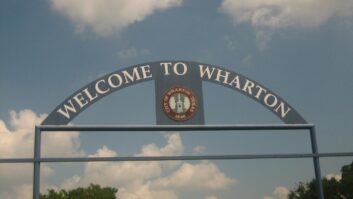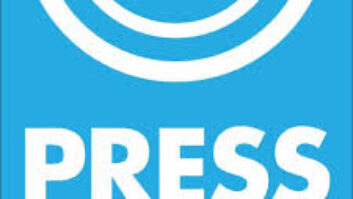Should the FCC mandate the use of asymmetrical sideband transmission for FM IBOC?
Press Communications CEO Robert McAllan thinks so, to reduce the interference potential to nearby analog Class A FMs.
The licensee of five Class A FMs in New Jersey believes a 6 dB digital power increase will “cause massive amounts of new interference to analog Class A stations that are minimally or short-spaced,” we’ve previously reported.
In his most recent filing to the FCC — a consolidated response to comments that oppose his, along with a request to stay the FM IBOC power increase — McAllen says while the agency re-thinks the power increase, it should again analyze its criteria for analog-to-digital power levels, to ensure the allowed digital power levels “completely protect” Class A FMs.
“It should also mandate the use of asymmetrical power distribution, which, according to sources at the NAB and iBiquity, should be ready for installation this fall,” writes Press.
It continues: “Using the 1% injection level on the side of Class A stations adjacent to Class B’s would minimize interference to Class A stations while offering a power increase to most, if not all, HD stations. As to the overlap between Class A to adjacent Class A, the commission and ‘joint parties’ will have to go back to the drawing board, limiting [digital] power to 1% even in most fully spaced situations.”
Press argues the Media Bureau should not have allowed NPR “or any of the other parties with a vested interest in HD” to perform tests to be relied on by the FCC without drawing up specs and putting those out for bid by an independent lab.
At a minimum, the company writes, the agency should have invited comments on those specs and invited others to conduct similar testing and submit their results as a way to confirm or counter the Joint Parties findings and the subsequent iBiquity/NPR compromise.
Last week, we reported on NPR’s response to the earlier Press opposition comments.







